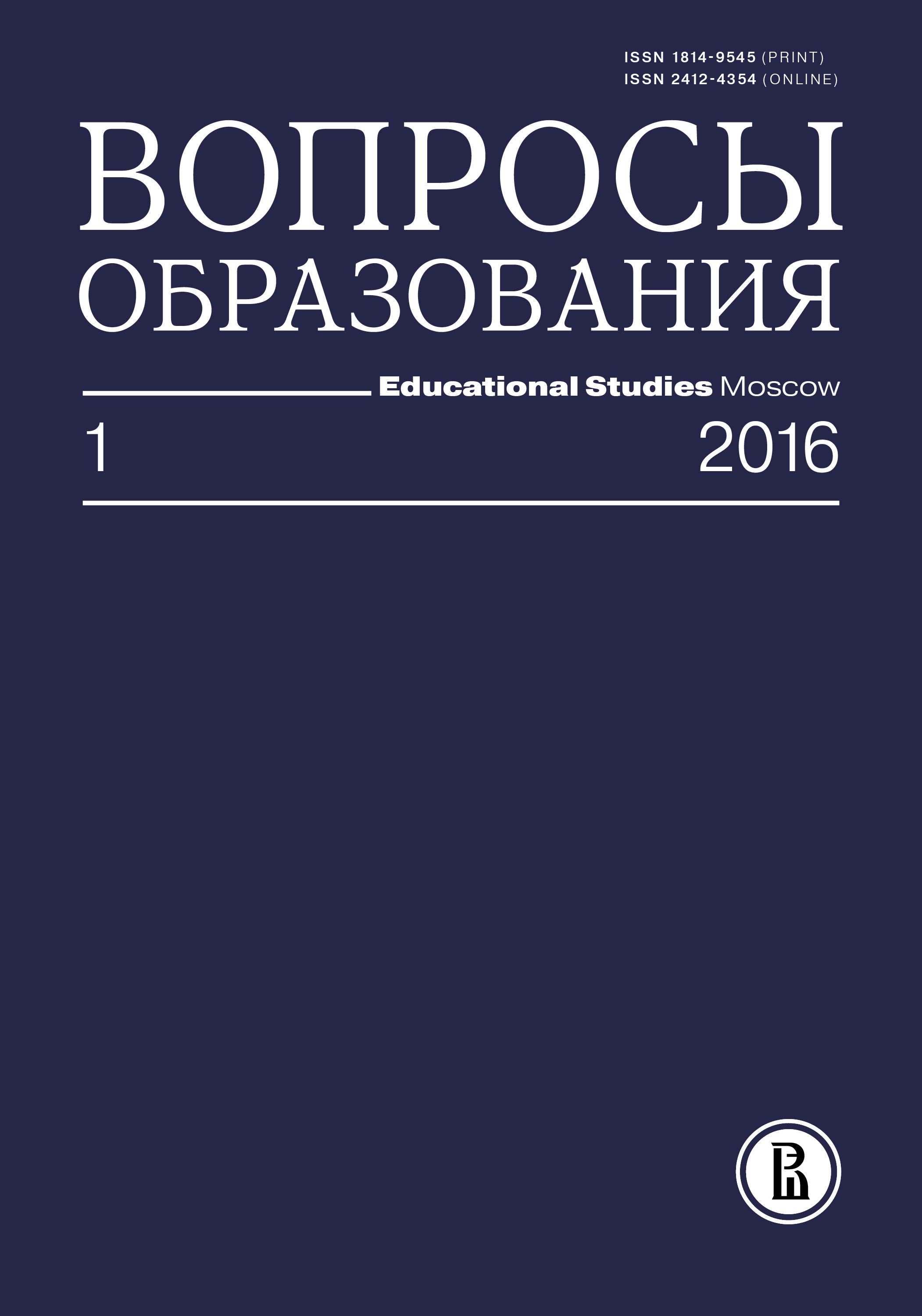Опыт обучающихся: исследование-опрос как новый подход к оценке качества совместных программ магистратуры Erasmus Mundus
Аннотация
В последние годы мнения студентов и контроль качества обучения прочно вошли в категорию вопросов, во многом определяющих политический ландшафт Европы. Благодаря опросам студентов, которые проводят учреждения высшего и среднего специального образования, национальные государственные органы и независимые студенческие организации, стейкхолдеры образовательной системы систематически получают информацию о тех многочисленных аспектах ее деятельности, которые требуют совершенствования. Существенный вклад в пополнение этой информации внес опрос о качестве курсов и предоставляемых студентам услуг (CQSS), который осенью 2013 г. запустил Консультационный совет по качеству курсов (CQAB) при Ассоциации студентов и выпускников Erasmus Mundus (EMA). В отличие от распространенных способов сбора данных, опрос CQSS направлен прежде всего на выявление и сравнение индивидуального опыта обучения, который получают студенты совместных программ магистратуры Erasmus Mundus (EMJMD). В настоящей статье представлены методология и исследовательский инструментарий, которые применялись в ходе второй волны опроса CQSS, охватившей период с 1 июня по 20 июля 2015 г. В рамках опроса проанализирован 2131 ответ студентов из 128 стран, обучающихся по 167 программам. Относительно 78 программ удалось получить мнения десяти и более студентов. Полученная в результате опроса информация может быть использована для улучшения образовательного опыта студентов и повышения качества программ, реализуемых под эгидой Erasmus Mundus. Уроки, которые извлечены в ходе проведения опроса, могут способствовать более эффективному предоставлению образовательных услуг в рамках других международных программ.








